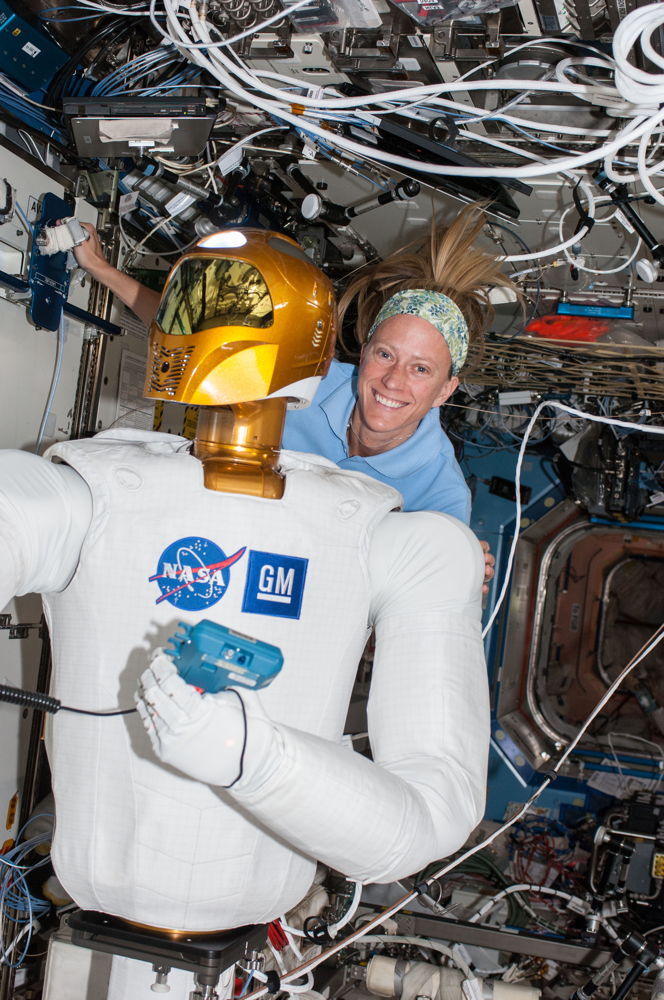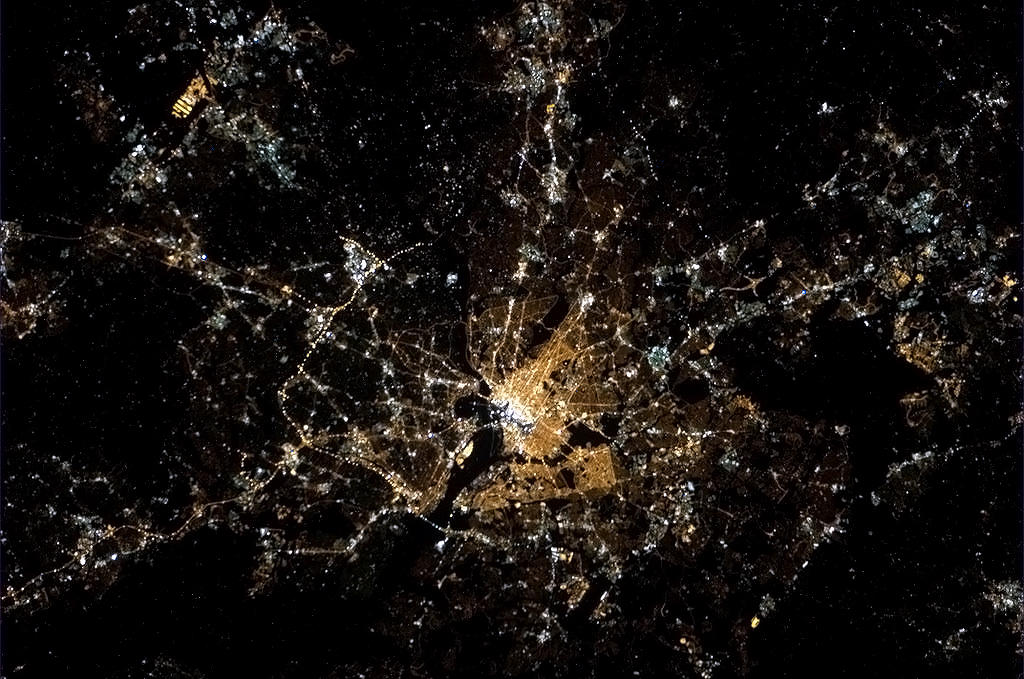Fourth of July in Space: How Astronauts Celebrate

For Americans, the Fourth of July is an iconic summer holiday, even in space.
While people across the United States celebrate Independence Day with cookouts, swimming and fireworks, NASA astronauts Karen Nyberg and Chris Cassidy the two Americans on the International Space Station — will join in on the fun in a different way.
"It's one of the selected holidays for the whole crew, so they are off duty," NASA spokesman Josh Byerly wrote in an email. "Nothing else special planned."
They may have the day off from work, but Nyberg and Cassidy can certainly spend some quality time with their families if they choose for the July Fourth holiday. The astronauts have access to an Internet Protocol phone to call friends and family on Earth, and they can set up video conferences and log on to the Internet from orbit as well. [Holidays in Space: A Photo Album]
Even if the astronauts onboard the space station won't celebrate the holiday in the usual way, they still might have a chance to see Fourth of July fireworks all the same. In the past, some astronauts have reported seeing fireworks shot from the ground from their posts in space, Byerly told SPACE.com.
Spaceflyers have also seen flashes of lightning in clouds from space, and plenty of manmade structures are visible from low-Earth orbit. Astronauts have captured amazing photos of Earth from space, featuring dazzling views of city lights, eye-popping landscapes and other details.
While astronauts Earth-watch from space, stargazers can be treated to a naked eye view of the space station if they know when and where to look. The International Space Station is one of the brightest objects in the night sky, and looks like a quick moving, luminous star as it flies by about 220 miles (354 kilometers) overhead.
Get the Space.com Newsletter
Breaking space news, the latest updates on rocket launches, skywatching events and more!

By entering your city, state or country into any of the following satellite-tracking websites, skywatchers around the globe can see when the space station is due to pass overhead: Chris Peat's Heavens Above, NASA's SkyWatch and N2YO.com, which tracks more than 8,000 satellites in real time..
A handful of space apps for smartphones can also tell an observer where and when the space station is expected to flyby on any given day.
Nyberg and Cassidy are joined by their four fellow space station crewmembers: Russian cosmonauts Fyodor Yurchikhin, Pavel Vinogradov, Alexander Misurkin and European Space Agency astronaut Luca Parmitano.
The $100 billion space station is the product of an international collaboration by 15 different countries represented by five space agencies. The space laboratory has been staffed continuously by rotating crews of three or six astronauts since 2000.
Follow Miriam Kramer on Twitter and Google+. Follow us on Twitter, Facebook and Google+. Original article on SPACE.com.
Join our Space Forums to keep talking space on the latest missions, night sky and more! And if you have a news tip, correction or comment, let us know at: community@space.com.

Miriam Kramer joined Space.com as a Staff Writer in December 2012. Since then, she has floated in weightlessness on a zero-gravity flight, felt the pull of 4-Gs in a trainer aircraft and watched rockets soar into space from Florida and Virginia. She also served as Space.com's lead space entertainment reporter, and enjoys all aspects of space news, astronomy and commercial spaceflight. Miriam has also presented space stories during live interviews with Fox News and other TV and radio outlets. She originally hails from Knoxville, Tennessee where she and her family would take trips to dark spots on the outskirts of town to watch meteor showers every year. She loves to travel and one day hopes to see the northern lights in person. Miriam is currently a space reporter with Axios, writing the Axios Space newsletter. You can follow Miriam on Twitter.









